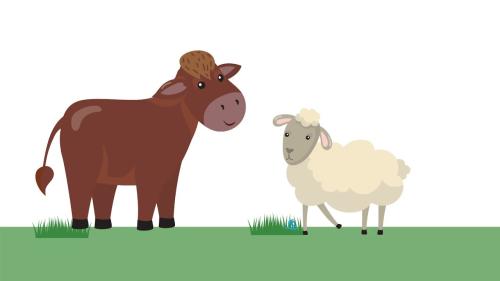Search results
Displaying 171 - 180 results of 719
- Resource book… dmi requirement predictions from feedsmart tool can add additional layer nutritional … dmi requirement predictions from feedsmart tool can add additional layer nutritional …
- Factsheet… land land classified low land mfe mapping tool where average slope land parcel scale … existing data overseer modelling financial benchmarking farmax farm maps make data … annual accounts bakerag financial analysis benchmarking fab cash books xero figured cash …
- Factsheet… evidence development application right tool right place right time livestock sector … suggested 1 good practice implemented 2 new tools solutions developed 3 optimise complete … overall trends revisit suggested existing tools solutions promote value monitoring …
- Other PDF1 ministry education tertiary education commission redesign vocational education training system beef lamb new zealand limited submission 12 september 2024 2 submission redesign vocational education …
- Editable PDF… new zealand our mission deliver innovative tools services support informed decisionmaking … 390410 11 waiopehu fmu water quality model tool simulating catchment nutrient management … new zealand our mission deliver innovative tools services support informed decisionmaking …
- Factsheetwwwbeeflambnzcom 0800 beef lamb 0800 233 352 farmers farmers 37 4 2 0 25 factsheet definition equity partnership agreement between individuals who pool capital skills resources together doing …
- … B+LNZ provides a range of tools and resources to help you make confident … guidance on using nProve Sheep, a free online tool that helps New Zealand farmers to find … breeding programmes. B+LNZ’s genetic tools - such as nProve - help to match …
- NewsWe know there has been a lot of interest from farmers in B+LNZ’s low methane sheep genetics research and naturally some questions. With the research on the agenda as a remit at B+LNZ’s upcoming …

- User guide… sequestration funded rmpp lnz ghg calculator tool red meat farmers measure report onfarm ghg emissions sequestration its simple tool reflects individual farms situation you … comparisons warming co2e presented you help tool you can email ghgcalculatorbeeflambnzcom …
- Video… Anthelmintics, or drench, is the most common tool farmers use to control parasites. …
